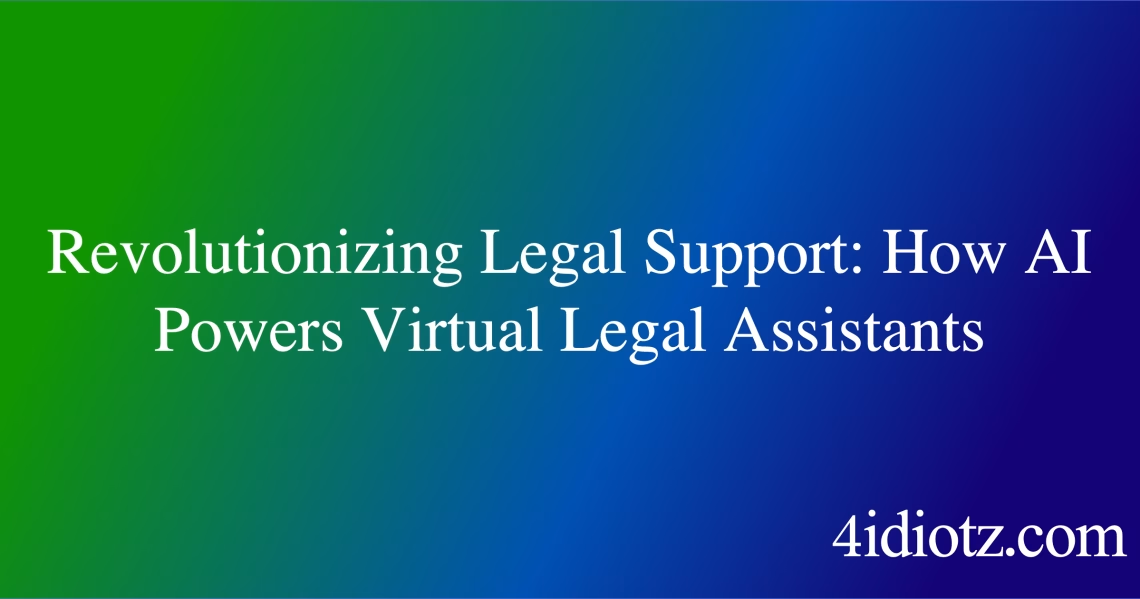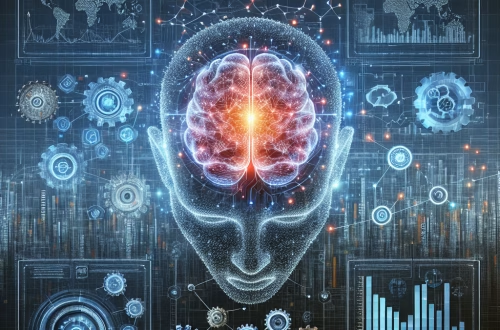Optimizing Claude 3 Opus for Legal Document Summarization in Virtual Assistants
Summary
Legal professionals increasingly rely on AI-powered virtual assistants to process complex documents, but generic LLMs often struggle with legal terminology, case citation accuracy, and maintaining argumentative structure. Claude 3 Opus demonstrates superior performance in legal summarization tasks due to its advanced reasoning capabilities and long-context retention. This guide explores technical optimizations including prompt engineering for legal precision, document chunking strategies for multi-page briefs, and accuracy validation techniques. Implementation challenges include balancing summarization depth with response latency and ensuring compliance with legal confidentiality requirements.
What This Means for You
Practical implication: Legal teams can reduce document review time by 60-80% while maintaining critical nuance through properly configured AI summarization, but require specific prompt templates and validation workflows.
Implementation challenge: Legal documents demand specialized preprocessing – PDF extraction must preserve formatting cues like underlined citations and margin notes that contain legally relevant information.
Business impact: Firms implementing optimized legal AI assistants report 3-5x ROI through paralegal time savings and reduced missed deadlines, but require upfront investment in model fine-tuning.
Future outlook: Emerging legal-specific benchmarks will require continuous model updates, while bar association guidelines may soon mandate human verification protocols for AI-generated legal summaries.
Introduction
Virtual legal assistants face unique challenges when processing case law and contracts, where a single misinterpreted clause or omitted citation can have serious consequences. Unlike general-purpose summarization, legal document processing requires preservation of precise terminology, hierarchical argument structure, and citation integrity. Claude 3 Opus outperforms other models in this domain due to its 200K token context window and superior performance on legal reasoning benchmarks, but requires careful technical configuration to achieve reliable results.
Understanding the Core Technical Challenge
Legal summarization differs fundamentally from other NLP tasks through three requirements: 1) Citation preservation accuracy exceeding 99%, 2) Argument structure mirroring the original document’s logical flow, and 3) Nuanced interpretation of conditional language (“provided that”, “notwithstanding”). Standard summarization approaches often collapse these elements, producing unusable outputs. The solution involves document-aware chunking, legal-specific prompt constraints, and multi-stage verification.
Technical Implementation and Process
An optimized pipeline requires: 1) PDF extraction using specialized legal parsers like LexNLP, 2) Document segmentation preserving section boundaries, 3) Context-aware summarization prompts with strict output formatting requirements, and 4) Post-processing validation against citation databases. The Claude 3 Opus API supports temperature=0 configurations crucial for deterministic legal outputs, while its “chain-of-thought” prompting capabilities enable reasoning about document hierarchy.
Specific Implementation Issues and Solutions
Citation loss during summarization: Implement regex pattern matching for legal citations (e.g., 123 F.3d 456) as required output elements, with validation against public case databases.
Argument structure flattening: Use XML-tagged prompts that enforce section-by-section summarization, requiring the model to maintain original heading hierarchy.
Latency for long documents: Pre-process documents into logical units (arguments, exhibits) with parallel API calls, then use Claude’s document stitching capability for final assembly.
Best Practices for Deployment
1) Create legal-specific stopword lists preserving critical terms (“herein”, “aforementioned”), 2) Implement redaction workflows for confidential client information before processing, 3) Benchmark against manual summaries using legal accuracy metrics (LoMA-1 score), and 4) Maintain human verification loops for all outputs affecting case strategy.
Conclusion
Properly configured Claude 3 Opus implementations can transform legal document review workflows, but require domain-specific optimizations beyond generic LLM usage. Success depends on structured input processing, constrained output formats, and rigorous accuracy validation. Legal teams should prioritize measurable accuracy improvements over raw speed gains, with phased deployment starting with internal research memos before client-facing applications.
People Also Ask About
How does Claude 3 Opus compare to GPT-4o for legal contract analysis? Claude demonstrates better performance in preserving conditional logic and defined terms consistency, while GPT-4o may excel at cross-jurisdictional comparisons.
What security measures are needed for legal AI processing? Enterprise deployments require encrypted data pipelines, private cloud instances, and strict access controls to maintain attorney-client privilege.
Can AI summaries be cited in legal filings? Current bar association guidelines universally require human attorney verification of all AI-generated content used in submissions.
How to handle conflicting interpretations in case law? Advanced implementations use multi-model consensus approaches with disagreement flagging for human review.
Expert Opinion
Leading legal tech implementations combine Claude’s reasoning strengths with structured legal ontologies for optimal results. The most successful deployments focus on augmenting rather than replacing attorney work, particularly for high-stakes litigation documents. Firms should budget for ongoing model updates as legal standards evolve, with specialized fine-tuning every 6-12 months to maintain peak performance.
Extra Information
Legal AI Benchmarking Standards provides updated evaluation metrics for legal summarization accuracy.
Anthropic’s Legal Prompting Guide offers template structures for common legal document types.
Related Key Terms
- legal document summarization AI accuracy benchmarks
- Claude 3 Opus prompt engineering for contract review
- implementing AI virtual legal assistants securely
- legal citation preservation in AI summaries
- enterprise deployment of Claude AI for law firms
Check out our AI Model Comparison Tool here: AI Model Comparison Tool
*Featured image generated by Dall-E 3



